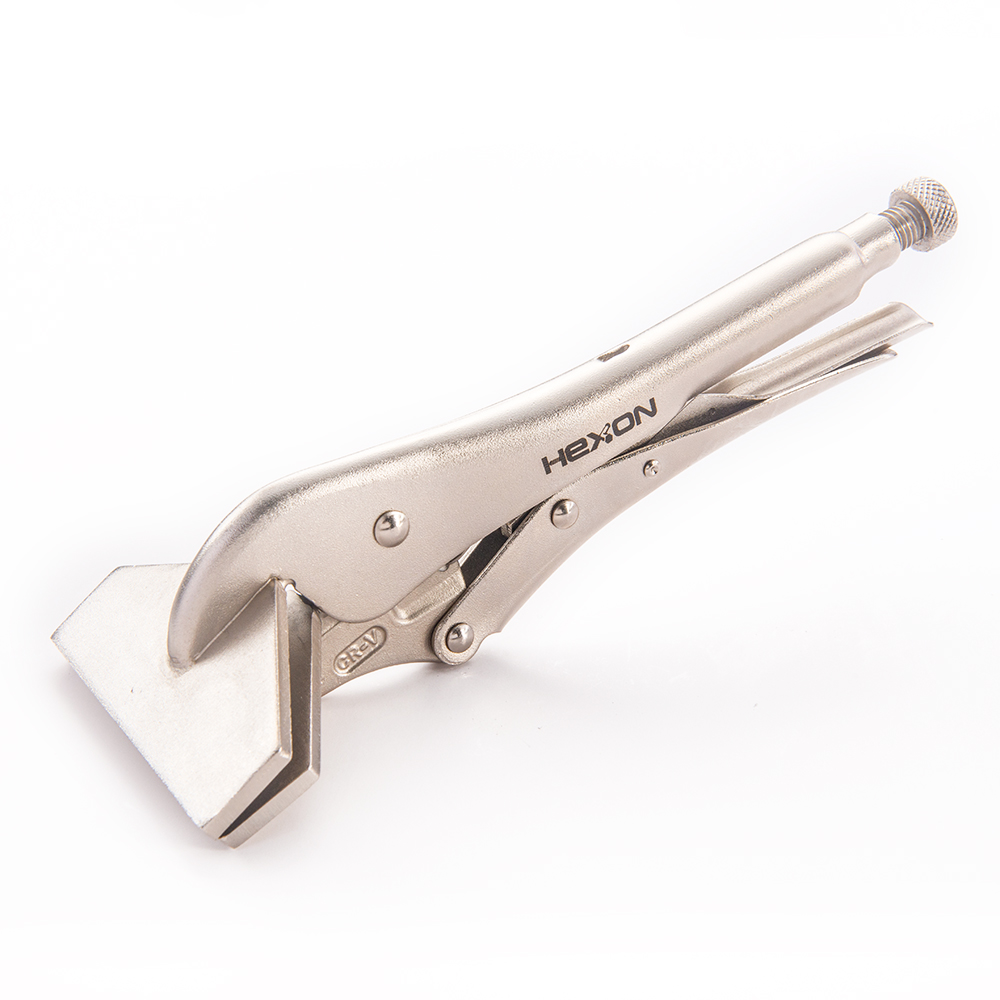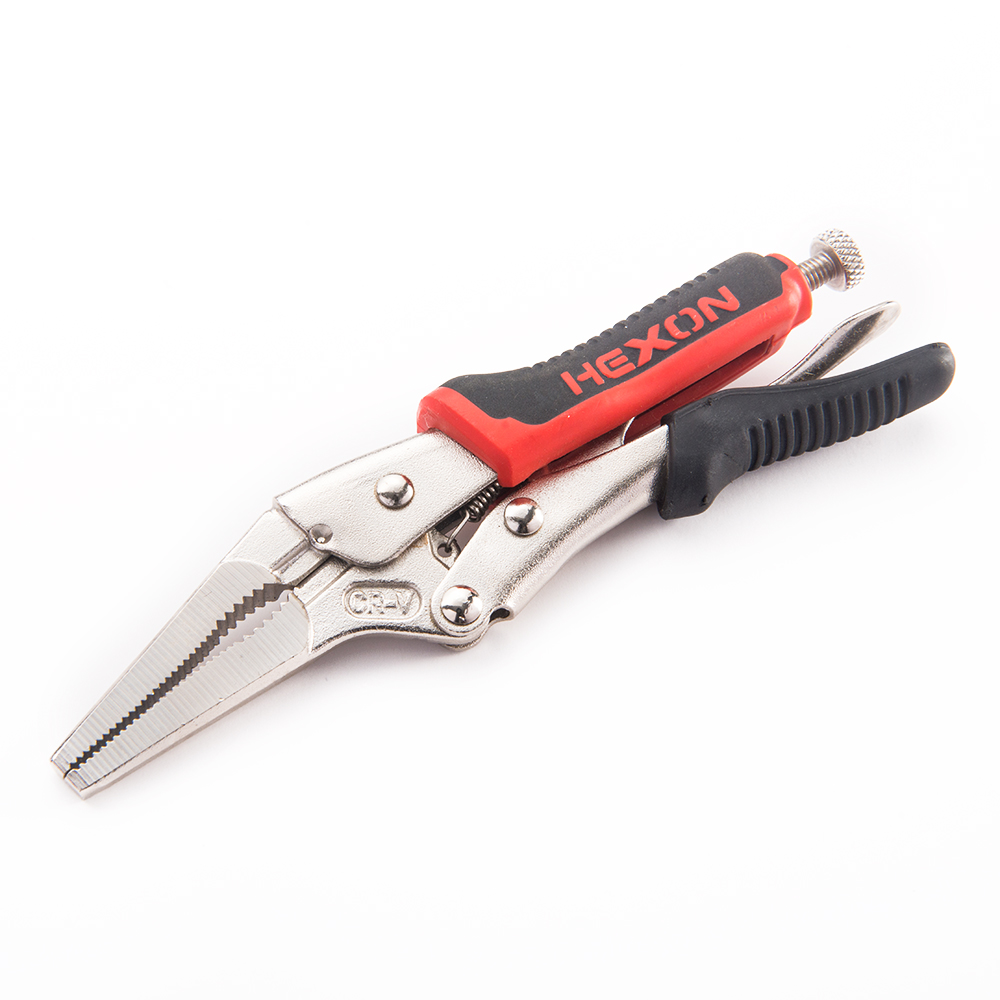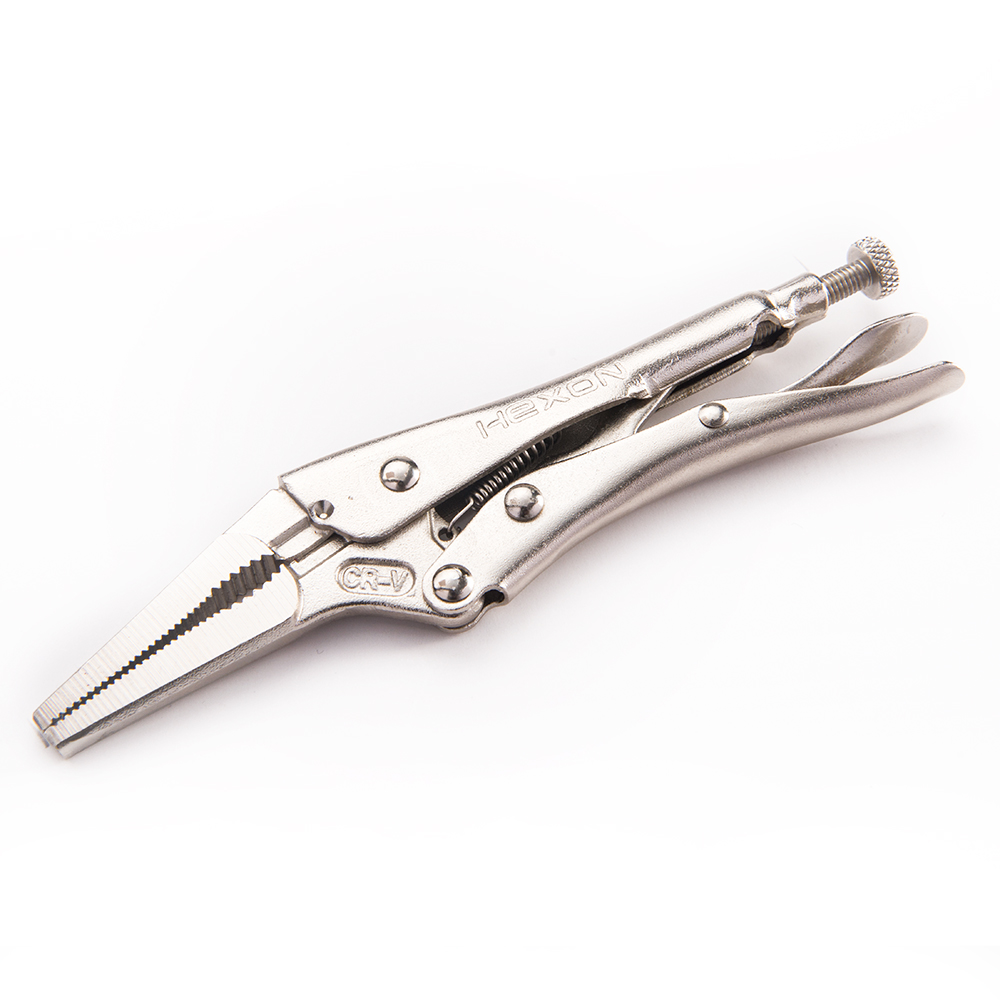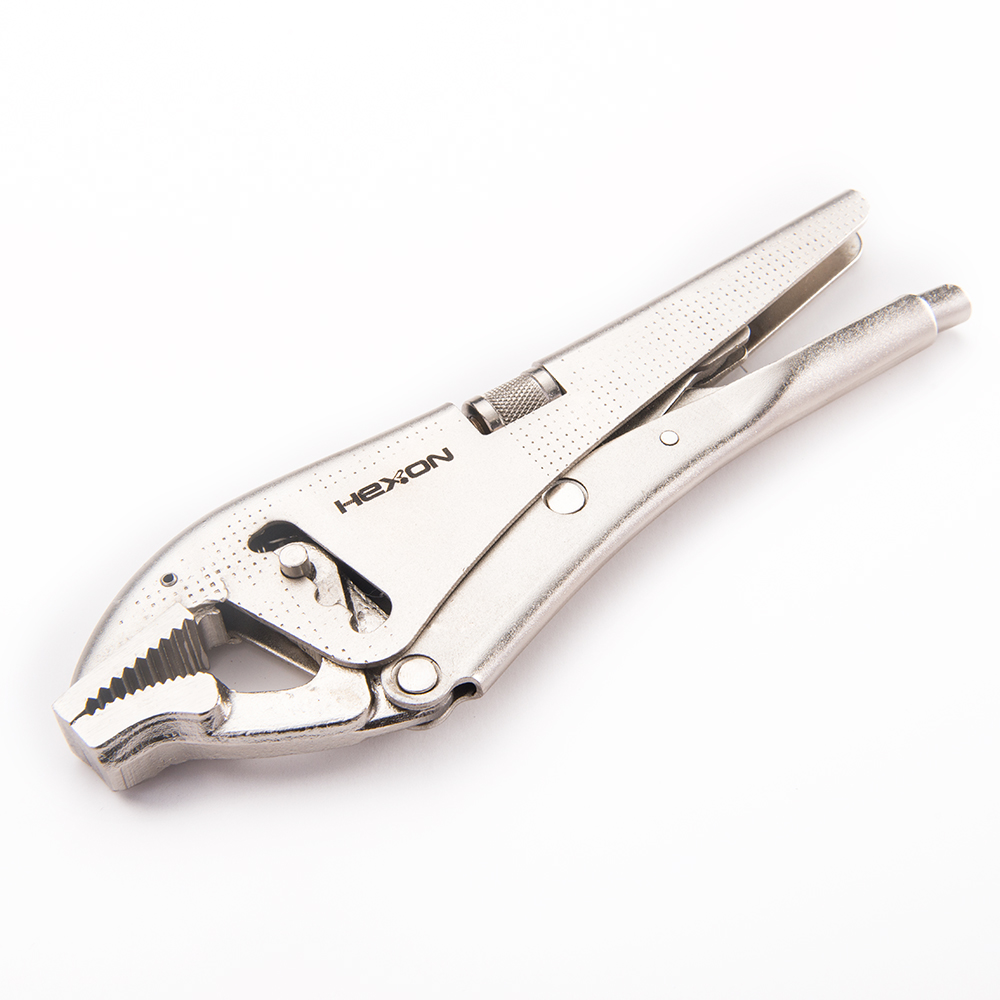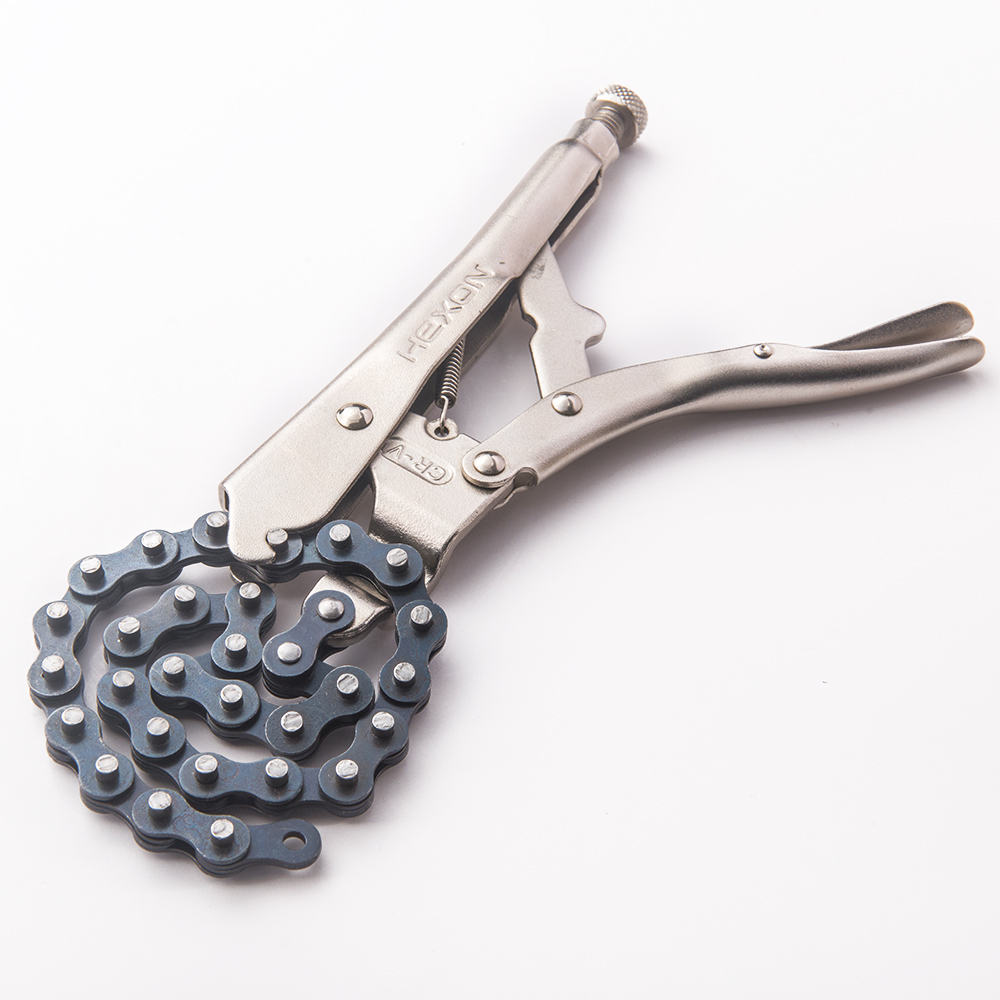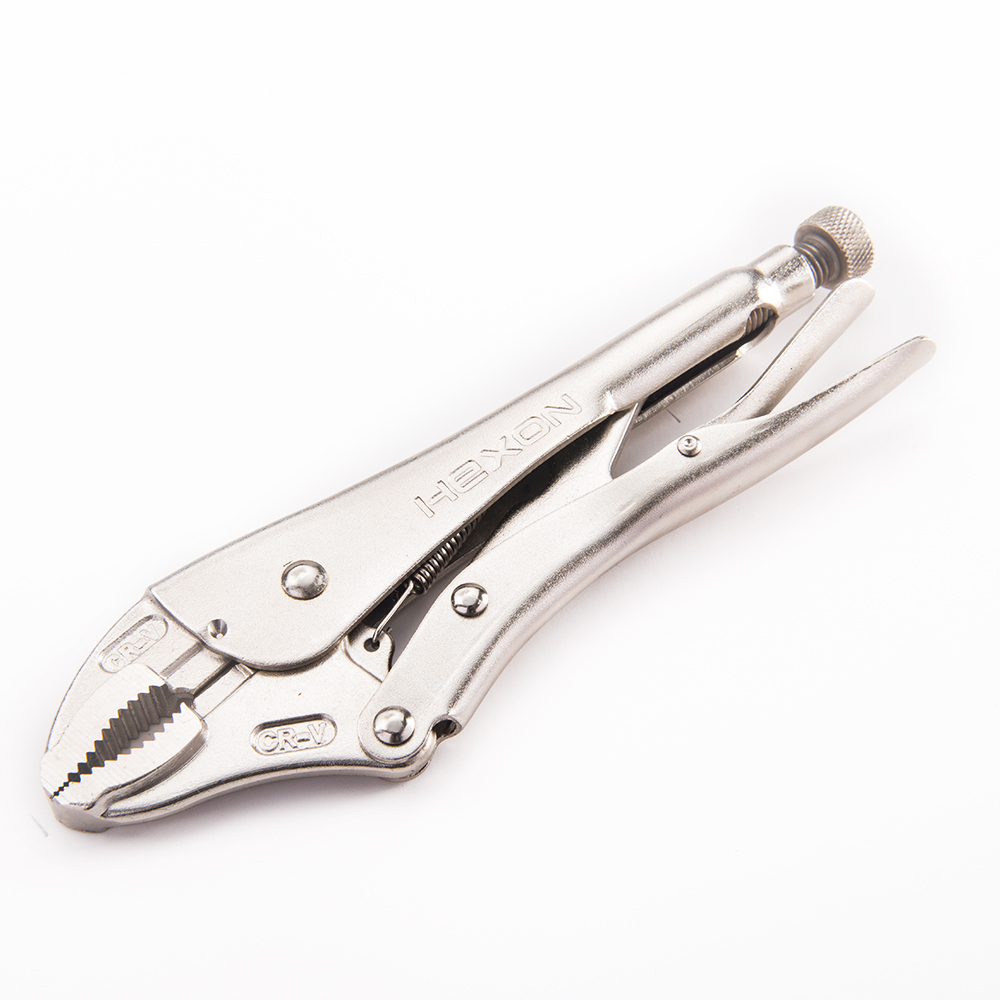Features
Material and process:
Strong alloyed steel will not deform after stamping. The jaw is subject to special heat treatment, with excellent toughness and torque.
Design:
The screw micro adjustment knob is easy to adjust the optimal clamping size.
The design is ergonomic, beautiful, comfortable and durable.
Application:
The wide and flat jaw can bear high surface pressure, and it is easy to clamp, bend, crimp and other operations on objects.
Specifications
|
Model No |
Size |
|
|
110780008 |
200mm |
8" |
Product Display
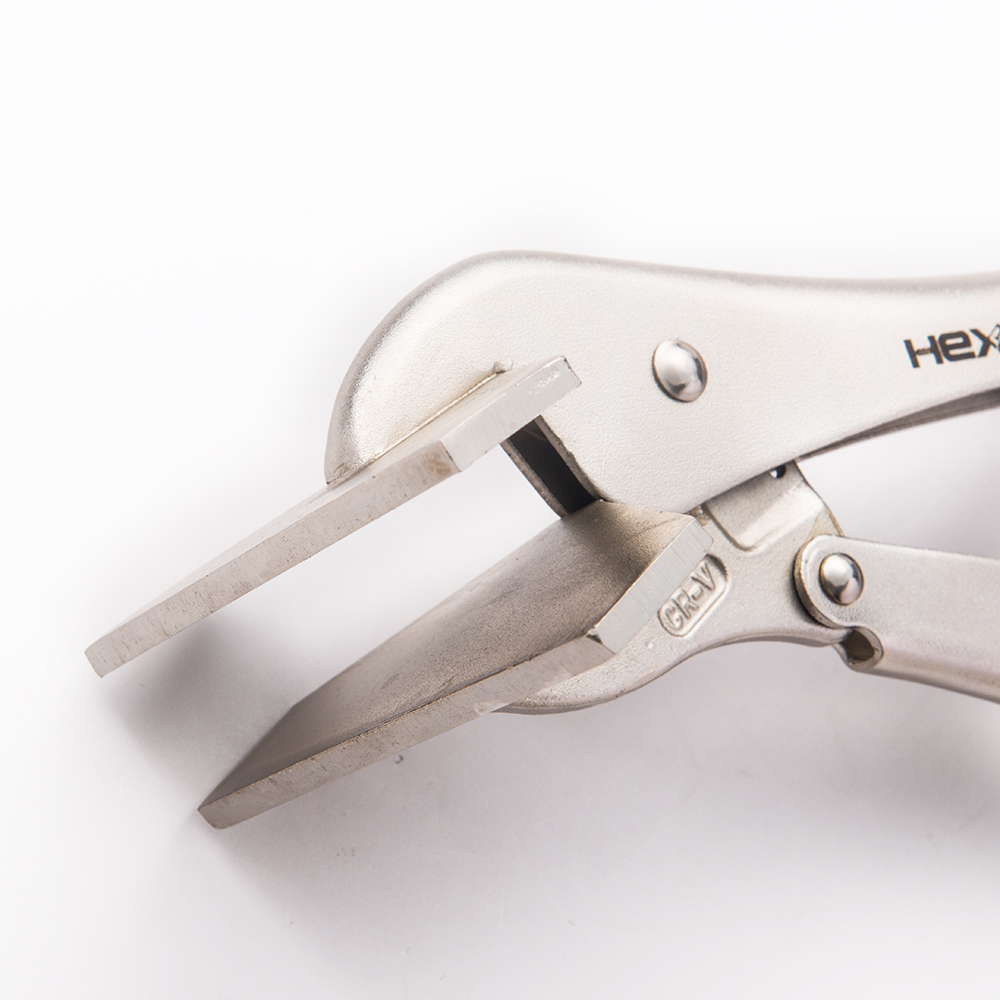
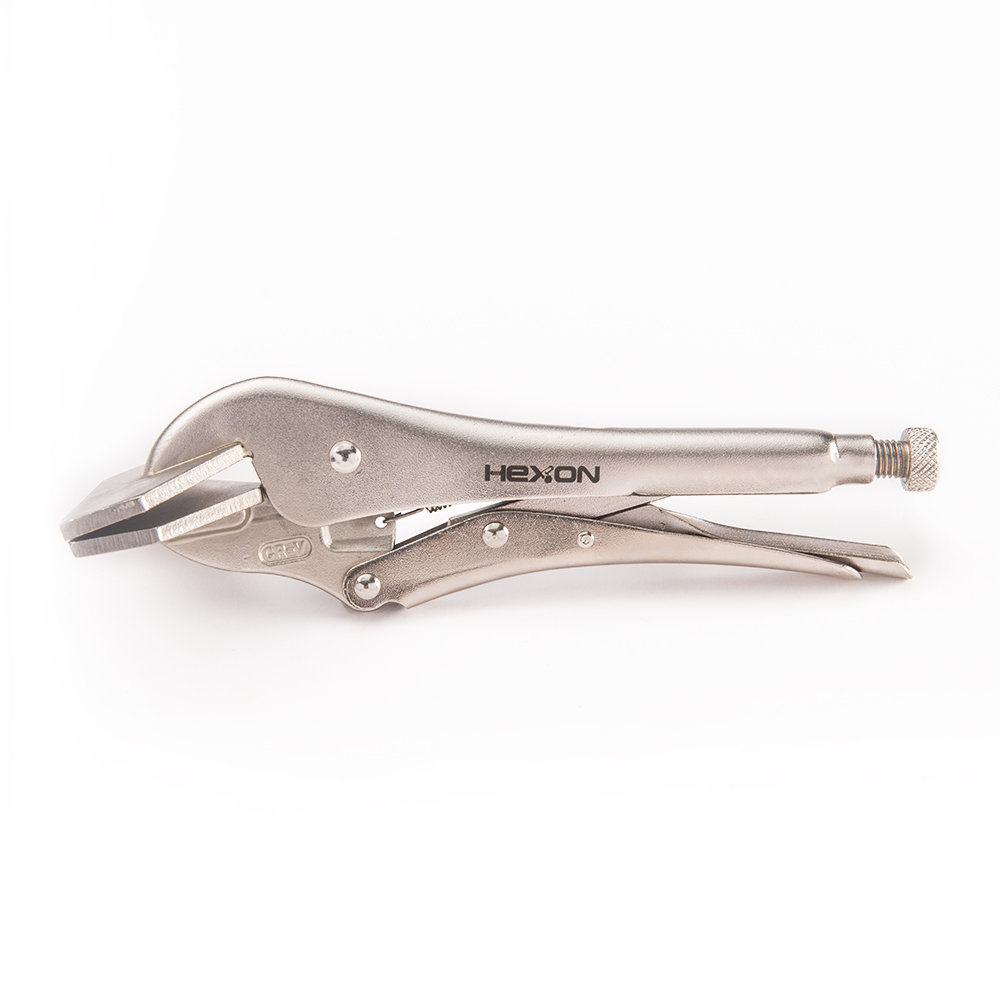
Application
The metal sheet locking clamp has wider flat jaws. Wide and flat jaws can withstand higher surface pressure, easy to clamp, bend, crimp and other operations.
Operation Method
1. Please put the object into the clamp first, and then hold the handle tightly. You can adjust the tail nut to put the clamp bigger than the item.
2. Fasten the nut clockwise until the clamp is in contact with the object.
3. Close the handle. After hearing the sound, it indicates that the handle is locked.
4. Press the trigger when releasing the locking clamps.
Tips
What is the principle used by the locking clamps?
The locking clamps are made according to the lever principle, and the scissors we use in daily life also use the lever principle, but the locking clamps are used more fully and it uses the lever principle twice.

